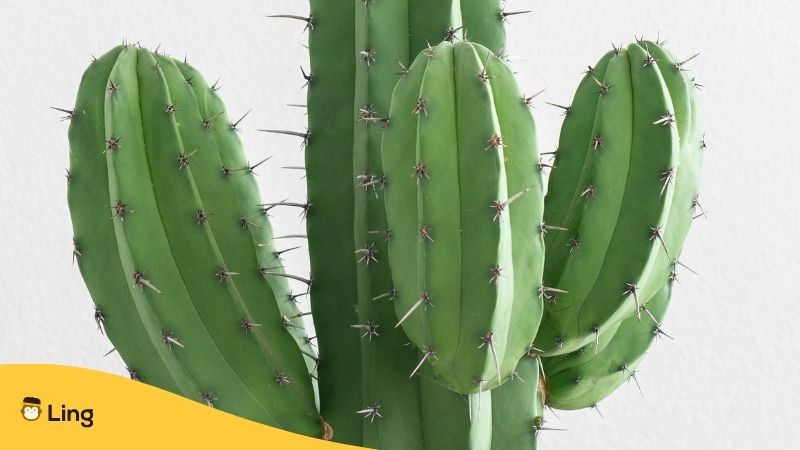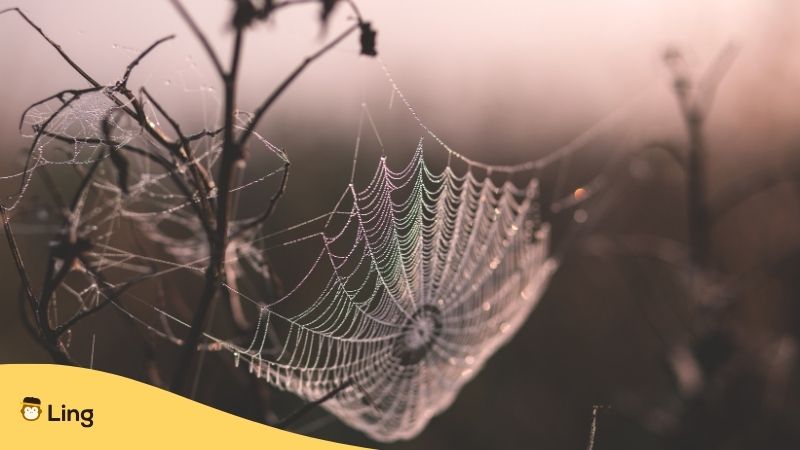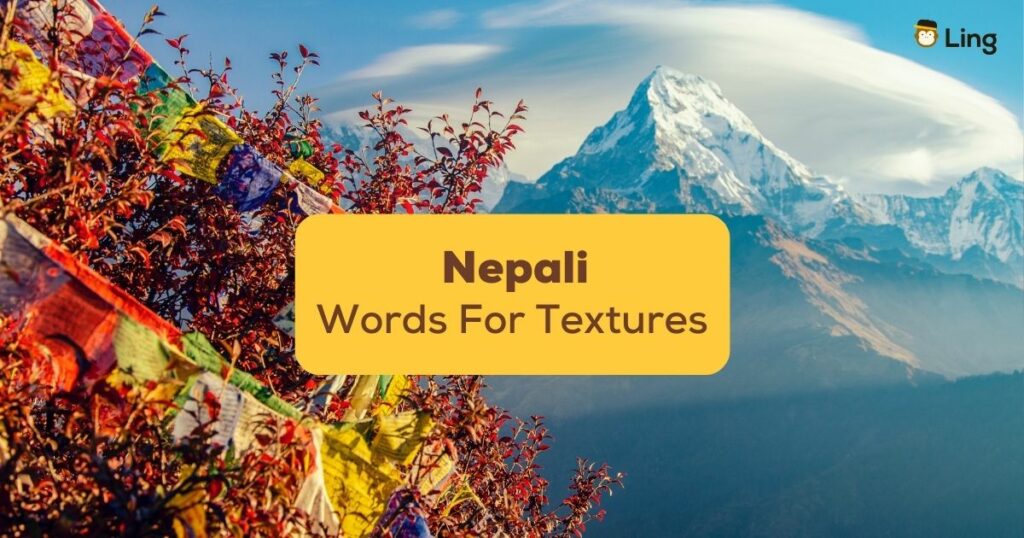With over 120 languages spoken within its borders, it’s little wonder that there is an abundance of Nepali words for textures. The Nepali language has an amazing ability to vividly describe and evoke the sensations of the way the things around us feel to the touch.
So, let us feel our way through the Nepali dictionary and some of the more important Nepali words for textures as well as delving into the tactile quality of the musical pattern created by these words in the mouths of the Nepali people.
List Of Nepali Words For textures
In Nepali, the language is rich with words that beautifully describe textures. For instance, “moti” (मोती) translates to “pearly,” conveying a smooth and lustrous texture, while “kachcha” (कच्चा) signifies “raw” or “uncooked,” suggesting a coarse and unfinished texture. Let’s take a look at some of these Nepali words for textures.
Dusty: Dhulo (धूलो)
Let’s begin our exploration with a common texture found throughout Nepal, especially in the dry and arid regions. “Dhulo” refers to dust, and in a country with its fair share of dirt roads, this word is commonly used. The fine particles of dust that often fill the air create a hazy, gritty texture that can be quite pervasive during dry seasons.
Roughness: Rukhopana (रुखोपन)
The word “rukhopana” is used to describe a rough texture, and it’s often associated with the surface of materials like unpolished wood or coarse fabrics. In a nation where traditional craftsmanship thrives, rukhopana is a word used to appreciate the raw beauty of handcrafted items.
Soft: Narama (नरम)
In contrast to “rukhopana,” “narama” denotes softness. It’s used to describe the gentle, yielding feel of materials like cotton or silk. “Narama” not only describes texture but also carries a sense of comfort and tenderness.

Prickly: Kamtedara (काँटेदार)
Nepal’s diverse flora includes a variety of prickly plants, and “kamtedara” is the word used to describe their texture. From thorny bushes to cacti, “kamtedara” evokes the sensation of something sharp and uncomfortable to the touch.
Smooth: Cillo (चिल्लो)
When you run your fingers over a well-polished surface, you might use the word “cillo” to describe the smooth, fine texture. Whether it’s a polished wooden table or a smooth stone, “cillo” conveys the satisfaction of a surface with a characteristic appearance free of imperfections.
Coarse: Moto (मोटो)
“Moto” is a word used to describe a coarse or rugged texture. It’s often used to depict the roughness of terrain in Nepal’s mountainous regions, where trekking enthusiasts encounter challenging landscapes.
Thin: Patalo (पातलो)
“Patalo” is used to describe a thin and delicate texture. Whether it’s paper, fabric, or any other material, “patalo” suggests fragility and lightness. This word can also be used to describe the texture of air, particularly when it’s crisp and thin in high-altitude areas.
Slippery: Ciplo (चिप्लो)
When something is smooth and slippery, like a wet rock or a mossy surface, you’d use the word “ciplo” as one of the Nepali meanings used to describe its essential quality. This word has the Nepali meaning for the sensation of a surface that can easily lead to slipping or sliding.

Sticky: Tamsine (टाँसिने)
If you’ve ever touched something that leaves a residue on your fingers, you might say it’s “tamsine.” This word is often used to describe the sticky texture in Nepali of substances like honey, glue, or a sticky spider’s web.
Damp: Osilo (ओसिलो)
In Nepal’s diverse climate, where monsoons bring heavy rains, “osilo” is a word that describes the damp or moist texture of surfaces. It’s particularly relevant during the rainy season when everything seems to carry a hint of humidity.
Bumpy: Bampi (बम्पी)
“Bampi” is a Nepali word that aptly captures the sensation of a bumpy texture in that it is taken from the English word “bumpy”. It can describe anything from a gravel path to a road with potholes. This word is frequently used by travelers and hikers exploring Nepal’s rugged terrain.
Cultural Significance Of Nepali Words For Textures
The Nepali words for textures are not just a means of communication. They also reflect the deep connection between language and culture. Nepal’s linguistic diversity mirrors its ethnic and cultural diversity, with each community often having its own unique words and expressions for textures. Here are some ways in which these words are culturally significant:
Art And Craftsmanship
Nepal has a rich tradition of art and craftsmanship, from intricate woodcarvings to handwoven textiles. The words for textures play a crucial role in appreciating and describing the quality of these handmade products.
Natural Landscapes
Nepal’s stunning natural landscapes, from the Himalayan mountains to lush forests, are often described using these texture-definition words. They help convey the physical sensations experienced by trekkers and adventurers in these diverse terrains.
Traditional Medicine
Traditional Nepali medicine systems like Ayurveda and traditional healing practices often rely on the sense of touch to diagnose and treat ailments. Words for skin texture help convey information about skin conditions and physical sensations.
Culinary Traditions
Nepali cuisine is a reflection of the country’s diverse culture and geography. Words for textures are frequently used to describe the consistency of various Nepali foods, whether they are smooth, sticky, or crunchy.
Nepali At Your Fingertips With Ling
Nepal’s words for textures provide a unique glimpse into the country’s linguistic and cultural diversity. They allow us to appreciate the physical sensations associated with different textures. If you are interested in feeling your way through more of the Nepali language, Ling has everything you will need to grasp the fundamentals of reading, writing and speaking Nepali.
Ling’s IA chatbot will have you conversing in Nepali in no time, and tactile writing exercises will have you practicing the Nepali script in your very first lesson. Why not give Nepali a try today by clicking on these links to the Ling app at the App Store or Google Play?



































































